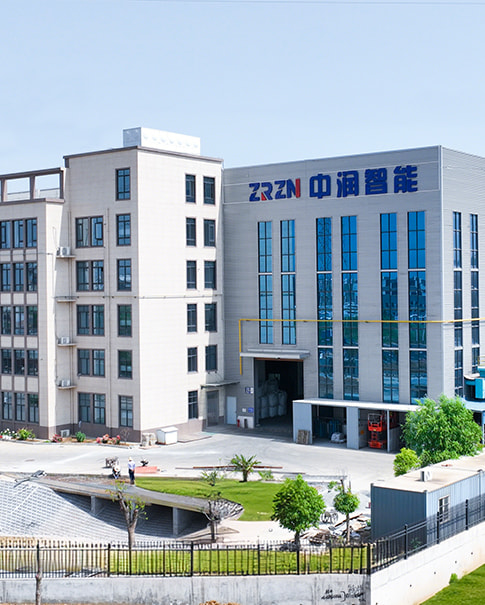Что Вы ищете?
Что Вы ищете?

When selecting concrete mixing equipment, most contractors focus on capacity and price—but overlook how different mixer designs create unique wear patterns that significantly impact operating costs. Understanding these mechanical differences can help you optimize wear part selection and reduce unexpected downtime.
Each mixer type generates distinct stress patterns on wear-resistant components:
Twin-Shaft Mixers: Impact Dominated Wear
The counter-rotating shafts create intense shearing forces that subject blades and liners to both abrasion and impact. Laboratory tests show these units generate 40% higher impact forces than planetary mixers, requiring specially formulated high-chromium iron alloys with enhanced fracture toughness.
Planetary Mixers: Consistent Abrasion Challenge
While offering superior mixing homogeneity, the orbital motion creates uniform but constant abrasion across all contact surfaces. This demands materials with exceptional surface hardness rather than impact resistance.
Single-Shaft Mixers: Combined Stress Factors
The simplified design concentrates wear at specific points, creating localized degradation that can compromise overall mixer efficiency if not addressed with properly engineered components.
Advanced wear part engineering now tailors material composition to specific mixer dynamics:
Twin-shaft applications: Alloys with 28-30% chromium content plus 1.2-1.8% molybdenum for impact resistance
Planetary systems: Higher carbon content (3.2-3.6%) for maximum surface hardness against abrasion
Single-shaft configurations: Balanced formulations addressing both impact and wear at stress points
Recent case data from a Turkish ready-mix producer demonstrates the impact of this tailored approach—their twin-shaft mixer blade lifespan increased from 14 to 42 weeks after switching to application-specific components.
Selecting optimal wear parts requires analyzing your:
Primary materials (aggregate hardness, cement type)
Production volumes and schedule demands
Maintenance capabilities and downtime tolerance
As one plant manager noted: "Understanding how our twin-shaft mixer wears components differently helped us reduce annual replacement costs by 57% while maintaining perfect mix consistency."
Mixer design fundamentally determines wear patterns and component lifespan. By matching your wear-resistant components to your specific mixer type and operational demands, you transform maintenance from a recurring problem into a managed, predictable process.
Optimize Your Mixer Performance
Our engineering team provides wear analysis specific to your mixer type and operating conditions. Receive customized recommendations to extend component life and reduce costs.
→ Request Mixer-Specific Wear Assessment [Contact Link]